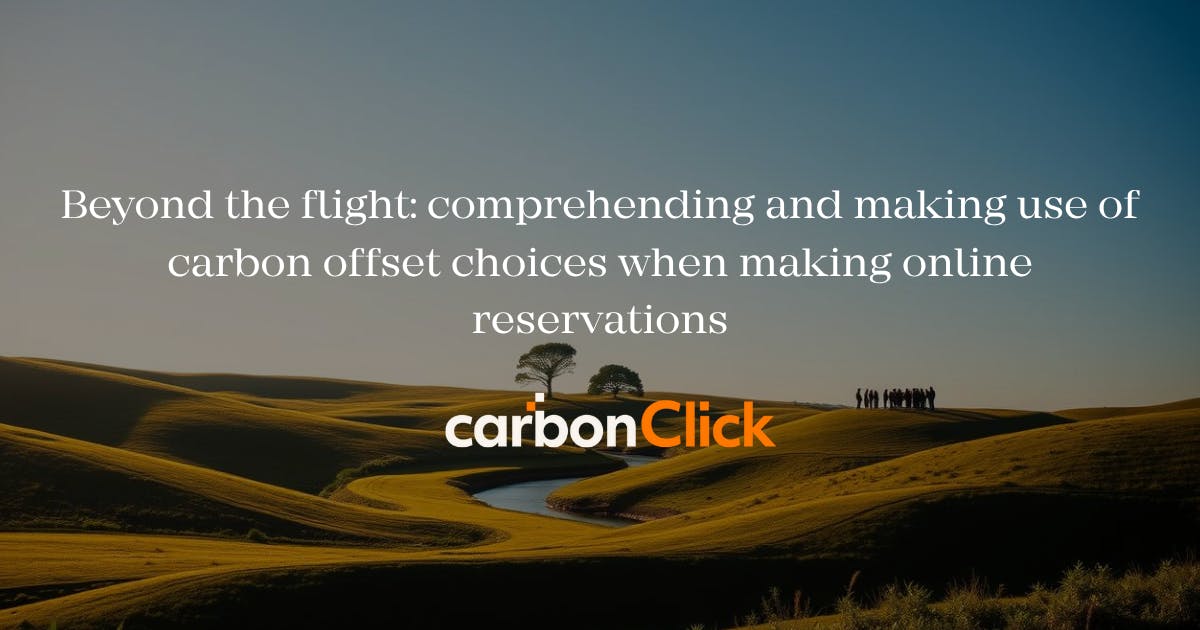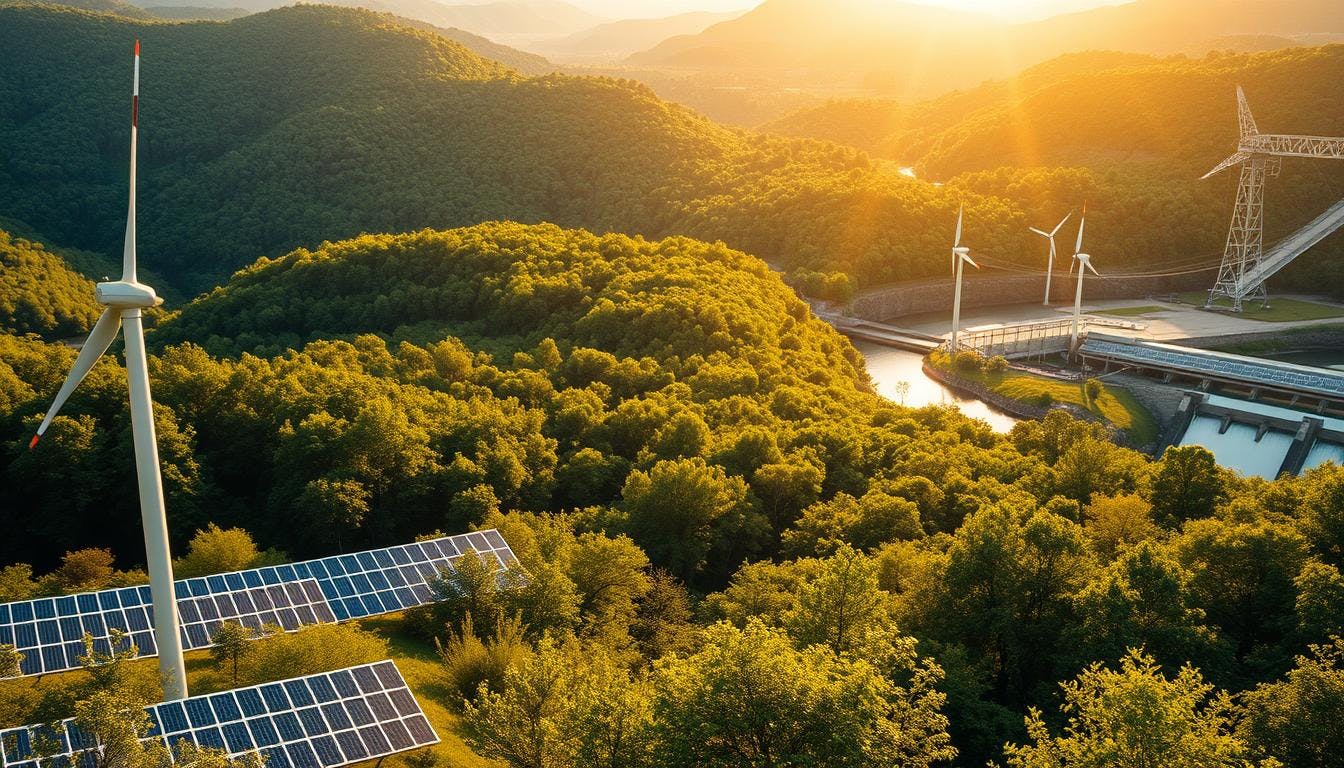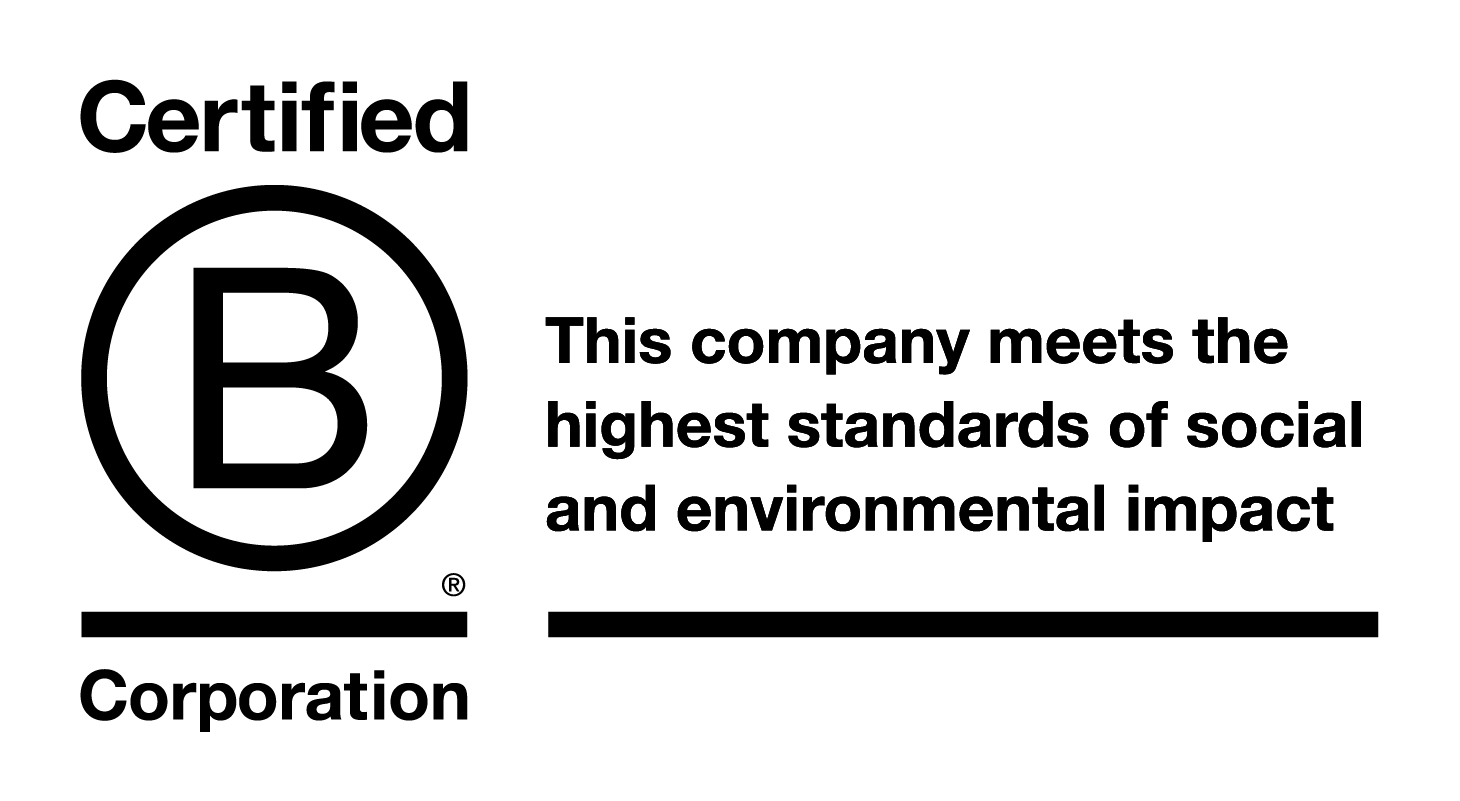Sign up. Be inspired. Get clicking.
Beyond the flight: comprehending and making use of carbon offset choices when making online reservations
If you book a flight online, you have the option to offset your carbon footprint. This is a popular option among individuals who are concerned about the environment. They would prefer to limit their effect on the world.
If you're environmentally compatible, you should know about carbon offsetting. When you choose to offset emissions, you're helping invest in projects that lower greenhouse gases. It helps toward a greener future for all.
Carbon offsetting is key to reducing the environmental impact of flying. As a lot more travel is being done by plane, it's vital to become environmentally compatible. This helps keep the planet safe for future generations.
Key takeaways
- Carbon offsetting is also possible in online flight booking.
- It enables guests to offset the effect of their flight on the environment.
- Sustainable business practices are promoted through carbon offsetting.
- Offsetting emissions funds projects that don't release greenhouse gases.
- Eco-conscious travelers can make a positive environmental impact.


What are carbon offsets?
More and more people are talking about climate change, and carbon offsets are gaining attention. They work to counteract the harmful effects on the environment from activities like traveling. Offsets fund projects that reduce greenhouse gases elsewhere.
Definition and explanation
Carbon offsetting involves calculating how much carbon dioxide you’re releasing, then paying for projects that cut CO2 elsewhere. This can be done through tree planting, renewable energy, or improving energy efficiency. It’s a practical way to take control of your carbon footprint.
Types of carbon offsets
There are numerous carbon offset projects to explore, including:
- Reforestation and Afforestation: Planting trees to absorb CO2 from the atmosphere.
- Renewable Energy: Promoting wind, solar, and hydroelectric power to decrease fossil fuel use.
- Energy Efficiency: Reducing energy consumption in industries and buildings.
Key benefits of carbon offsetting
Carbon offsetting offers real advantages. It shrinks your carbon footprint while investing in sustainable projects. It also supports initiatives that might not otherwise get funding. By offsetting CO2, you’re actively combating climate change and showing you care about the planet.
The need for carbon offset incorporation
Tourism contributes significantly to greenhouse gases, making carbon offsetting essential. As awareness grows about our environmental impact, the travel industry faces increasing scrutiny over its carbon footprint.
Environmental impact of travel
Tourism, especially air travel, generates substantial carbon dioxide emissions. This fuels global warming and climate change, damaging ecosystems and communities worldwide. The industrial use of fossil fuels worsens the problem, pushing us to find eco-friendly transportation options. Travel also pollutes, disrupts habitats, and affects local ecosystems, so reducing its environmental impact is vital for green initiatives and sustainable development.
Corporate responsibility
Tour companies play a key role in minimizing their environmental impact. Through carbon offsetting, they show genuine care for the world, fulfilling their corporate social responsibility. This not only helps the environment but also makes a business appear responsible to eco-conscious customers, boosting satisfaction and loyalty.
Supporting sustainable initiatives
Carbon offsetting invests in projects that lower greenhouse gas emissions, from tree planting to renewable energy. These efforts build a cleaner future. By funding such projects, the tourism industry tackles climate change, promotes green technology, and strengthens corporate social responsibility.


How offsetting works
The first step in carbon offsetting is calculating your aircraft’s carbon footprint, a crucial process that determines the CO2 emissions to offset.
Calculation of carbon footprint
Carbon footprint calculation measures the CO2 emitted by your flight, factoring in distance traveled, plane model, seat class, and fuel consumption. Understanding these elements gives you a clear picture of your flight’s carbon impact.
Purchasing carbon offsets
After calculating your carbon footprint, you can buy carbon offsets—credits that reduce CO2 elsewhere, like through green power or tree planting. Offset retailers offer diverse projects designed to cut emissions, audited by third parties for reliability.
Verification and standards
Choosing standards-compliant carbon offsets is critical. Reputable providers follow guidelines like the Verified Carbon Standard (VCS) or Gold Standard, ensuring projects genuinely reduce CO2. Selecting validated initiatives confirms your efforts are making a global difference.
The role of airlines in carbon offset programs
Airlines today integrate carbon offsetting into their efforts to become eco-friendly, allowing passengers to offset flight carbon footprints during booking and mitigate air travel’s environmental toll.
Major airlines provide offsets
Leading airlines are embracing carbon offsetting. Delta and Southwest, for instance, let passengers offset their footprint, funding eco-friendly projects:
- Delta Airlines: Partners with The Nature Conservancy to reduce greenhouse gas emissions.
- Southwest Airlines: Runs a program supporting wind farms and reforestation.
- United and American Airlines also prioritize offsetting, reflecting a growing commitment to sustainability.
Examples of successful initiatives
Airlines are taking proactive steps to cut their carbon footprint. Some use sustainable aviation fuels, while others adopt more efficient planes:
- Airline A reduced emissions by 20% with better aircraft and flight strategies.
- Airline B now operates on 100% renewable energy via a green supplier.
Challenges facing airlines
Despite progress, airlines face hurdles with carbon offsetting, including costs, complex footprint calculations, and ensuring project effectiveness. Offsetting can strain smaller airlines financially, while calculations vary with fuel use and routes. Verifying genuine projects builds trust and delivers real environmental benefits, helping airlines improve and sustain aviation’s future.

Booking websites and carbon offsets
Online booking platforms are leading the way with carbon offsetting options, bringing environmental choices into the mainstream.
Integration in major travel websites
Sites like Google Flights and trip.com offer carbon offsetting. Google Flights shows flight carbon emissions and lets you offset them directly, while trip.com integrates offsetting into the booking process to encourage eco-conscious travel:
- Google Flights: Offers simple carbon calculations and offset purchases.
- trip.com: Promotes sustainable travel with seamless offset options.
Comparison of platforms
Travel websites vary in their carbon offset approach. Some provide detailed emissions info, while others focus on easy offset purchases. Google Flights stands out with a comprehensive carbon breakdown, helping users grasp their environmental impact.
User experience considerations
For effective offsetting, websites need a smooth, educational experience. Clear, simple labels for offset options, easy access to details, and transparency about environmental impact are best practices.


Choosing the appropriate carbon offset Provider
Selecting a carbon offset provider requires careful thought, especially with the growing number of options and varying projects.
Criteria for choosing a provider
Consider these when selecting a provider:
- Project type: Look for renewable energy, reforestation, or energy efficiency.
- Verification standards: Choose suppliers with Verra or Gold Standard.
- Transparency: Ensure clear project details and impacts.
- Cost: Compare prices for the best value per ton of CO2 offset.
Known carbon offset organizations
Organizations like Cool Effect, Gold Standard, and CarbonClick are highly recommended for their commitment to impactful carbon offsetting. Cool Effect funds wind power and reforestation projects, while Gold Standard ensures rigorous verification of environmental initiatives. CarbonClick empowers travellers to offset their carbon footprint seamlessly through a user-friendly platform, integrating “green button” options on booking sites like Shopify and supporting verified projects such as native reforestation in Kaikoura, New Zealand, and the Yarra Yarra Biodiversity Corridor in Australia.
How to measure effectiveness
Evaluate a provider’s success by reviewing their project impact, reports, and emission reduction methods. Opt for providers whose projects benefit local communities and align with your green goals.
The economic view of carbon offsetting
The financial side of carbon offsetting matters to both airlines and travelers. As travel grows, so does the demand for offsets, influencing flight costs, budgeting, and travel expenses.
Cost variability
Offset costs vary with flight length and provider, typically ranging from a few dollars.
Budgeting for offsets
Including offset costs in your travel budget is straightforward, allowing advance planning.
Effect on Travel Expenses
Offsets add some cost to trips, but for many, the environmental benefits justify the expense.

Making Carbon Offset Integration User-compatible
Simplifying carbon offsetting can encourage more people to participate. Travel websites play a key role in making it accessible and appealing.
Simplifying the offset selection process
Make offset selection easy with clear options at booking, one-click purchases, and transparent impact info.
Educational resources for travelers
Educating tourists is vital. Simplified materials, infographics, traveler stories, and credible links help them understand their footprint and combat climate change.
User feedback and continuous improvement
User feedback enhances offsetting. Collect insights via surveys, observe behavior, and refine the process to make travel sites greener and more responsible.
The future of carbon offsetting in travel
With more travellers prioritising the planet, carbon offsetting is shaping travel’s future. Airlines are adapting to meet this demand.
Trends in the airline industry
Airlines are going green with fuel-efficient planes, optimized routes, and waste reduction, even exploring sustainable fuels.
Consumer demand for sustainable options
Travelers want eco-friendly trips, pushing airlines and companies to offer offsetting. This boosts ecotourism and funds projects benefiting the environment and locals.
Potential for innovations in offsetting
Future offsetting may leverage technologies like better data monitoring and blockchain for transparency. New projects, like ecosystem restoration, could benefit the planet and local life.
Personalizing Your Carbon Offset Experience
To help fight climate change, travelers have to create their own carbon offsetting program. Travelers have to be aware of their travel habits, estimate their carbon footprint, and then choose the most suitable offsetting projects.
Tailoring offsets
Customize offsets to your travel style. For short flights, pick aviation-focused projects; for long trips, choose green energy or land use initiatives.
How to calculate your personal footprint
Assess your footprint with data on flight frequency, transport, and habits using online tools or offset firms.
- Collect data on your past trips, like flight routes and distances.
- Plug your travel info into a carbon calculator to estimate your emissions.
- Think about other factors like where you stay, how you get around, and what you do during your trips.
Selecting other low-impact practices
There's more to reducing your environmental impact than just offsetting. You can also choose eco-friendly places to stay, use less energy, and support local areas. Below are low-impact practices you can encourage:
- Choose hotels or lodges that use green practices, like energy-saving lights or waste reduction.
- Save energy by turning off lights, AC, or heat when you're not using them.
- Help local businesses and communities by buying local products and services.
By making your carbon offset journey personal, you can do more to fight climate change. This approach makes your offsets more effective and helps create a greener travel culture

Carbon Offset success stories of integration
Online booking with offsetting has proven successful, promoting eco-travel and boosting company reputations.
Notable case studies
Many major airlines have added carbon offsetting to their booking systems. For example, Airline A lets passengers offset their carbon emissions when booking. This has greatly reduced their carbon footprint.
- Airline B has seen a 20% increase in passengers choosing carbon offsetting.
- Travel Company C has seen happy customers who like the chance to offset their travel emissions. This has improved customer satisfaction and loyalty.
Testimonials from travelers
Passengers appreciate easy offsetting: “I was surprised how simple it was to offset my flight’s emissions. It made traveling feel sustainable.” — Ethan R., frequent flyer.
Measurable impact
Offsetting delivers results, cutting flight footprints by up to 100% for some airlines. Funds often support tree planting and renewable energy, driving demand for greener travel.
Action Going Beyond Offsetting
Travelers can do more than offset. Adopting low-impact practices to enhance sustainability is also an added advantage to sustainable travels.
Embracing low-impact travel options
Choosing green travel options is key. Look for airlines that care about the planet or use public transport or carpool when you can. You could also stay in places that follow green standards.
Encouraging carbon neutrality
Support green policies and push companies toward sustainability.
Community engagement
Join local green efforts and fund climate action groups.
By taking these steps, travelers make tourism more sustainable, fostering environmental accountability.
17 South Street
Auckland 1010
New Zealand
info@carbonclick.com- -
- X
Subscribe now to stay up to date with CarbonClick, carbon offsetting and climate action.
By signing up you agree to our Privacy Policy.


